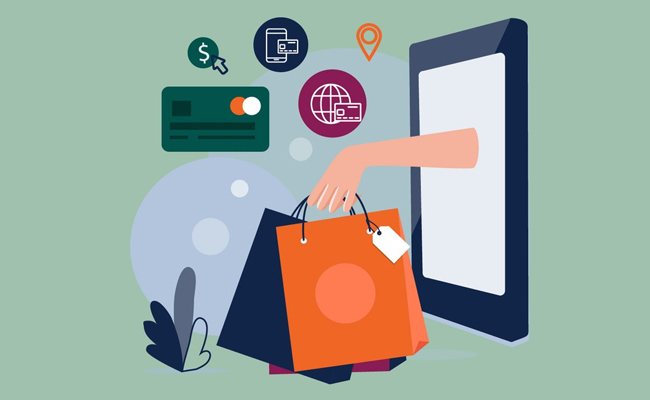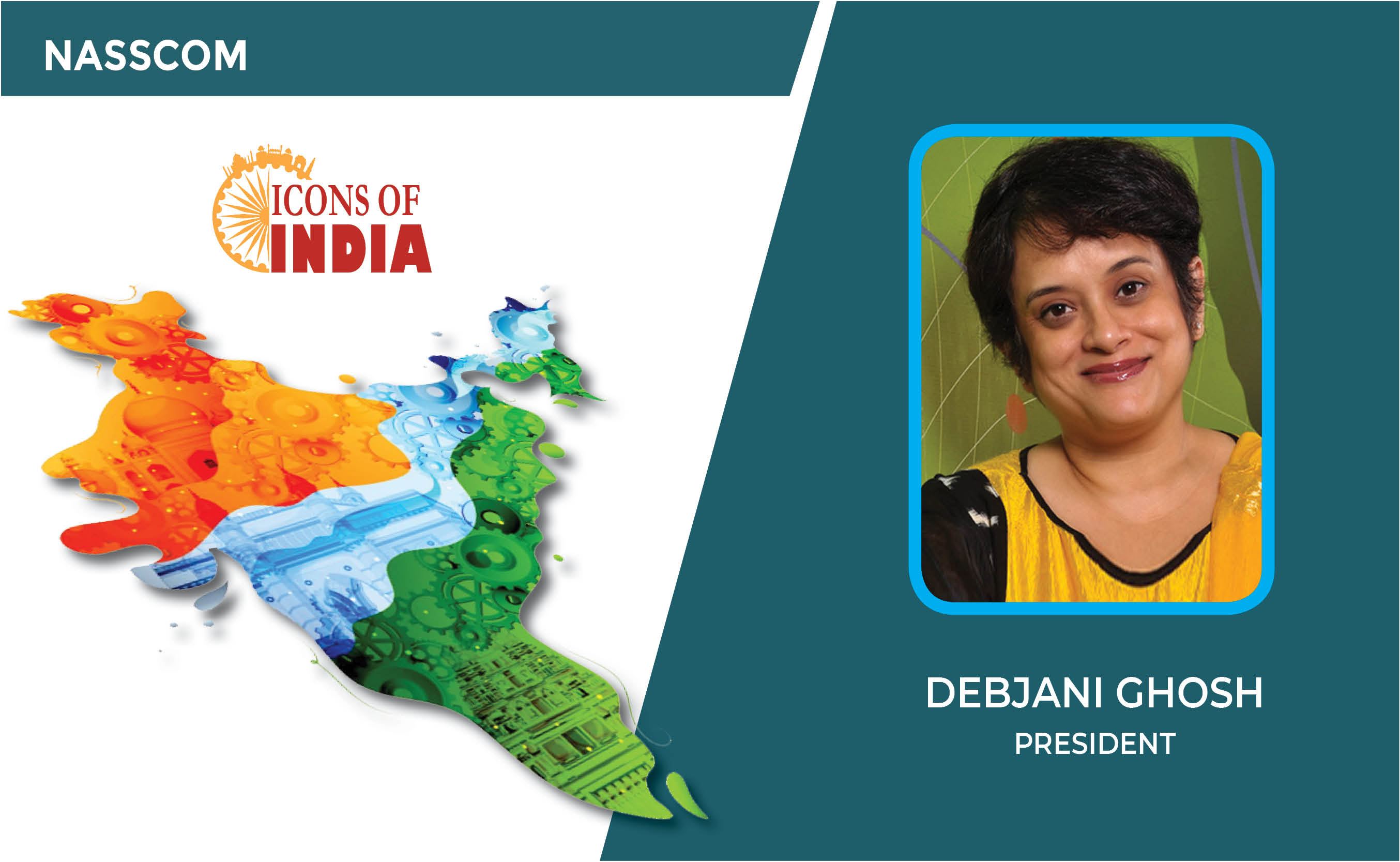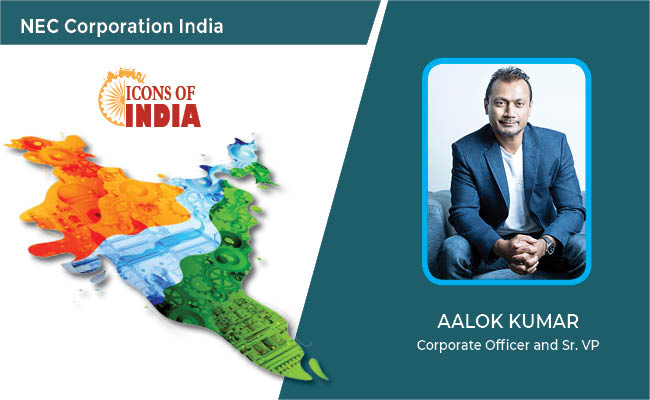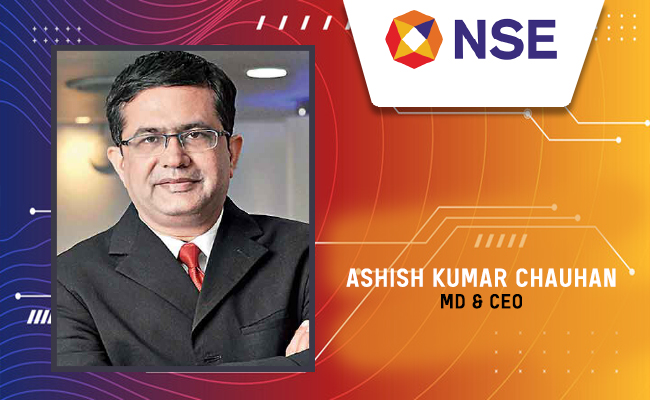M-Commerce is growing at a rapid pace
By MYBRANDBOOK

M-commerce is an extension of e-commerce that has been around for more than a decade. Mobile commerce reflects the natural progression of technology as users are spending more of their time on mobile devices instead of computers.
Like most e-Commerce merchants, many brick-and-mortar businesses and customers wished to capitalize on the mobile market, providing not only mobile apps but an increasing choice of payment options like Buy Now, Pay Later to ensure continued revenue growth during difficult times. This means millions more daily global transactions and payments.
Not only M-Commerce has grown, similar uptake of mobile apps is apparent in digital banking, which is also set to see a meteoric rise up to 2026. In 2019, m-commerce made up 67.2% of e-commerce sales globally, which amounts to $2.32 trillion. The figure is expected to hit $3.56 trillion in 2021 or 72.9% of total e-commerce transactions.
Generally, mobile commerce is classified into Mobile Shopping, Mobile Banking and Mobile Payments and Digital Wallets. Mobile shopping is about enabling shopping experiences on mobile devices. On the other hand, top banks offer mobile phone banking worldwide, where users can pay bills, transfer money, and other transactions with a few clicks.
QR code, NFC, and evolving mobile security have made it possible for users to replace physical cash with mobile payments. Google Pay and Apple Pay lead the charge of digital wallets in Western countries, while apps like AliPay and WeChat dominate mobile payments in China.
The growth of mobile commerce is directly connected to how users are accessing the internet. As smartphones become accessible and high-speed internet is no longer a premium infrastructure in many countries, users have ditched PCs in favor of the smaller gadgets for internet browsing. The emergence of mobile commerce also changes how brick-and-mortar businesses operate, particularly in adopting cashless payment. Technological giants rushed to the fore with their versions of digital-payments.
There are two ways to go about building an m-commerce store:
· Using E-Commerce Builders: The easiest way to set up an m-commerce store is to use builders like Shopify and Woocommerce. These platforms allow business owners to build online stores from scratch with the available tools, themes, and plug-ins.
· Build a Fully Custom Application: Custom applications allow flexibility in design and functionalities. The development makes use of a wider range of languages and technologies such as Ruby and Node.JS. Custom mobile commerce apps can be developed as a native app for iOS or Android, or both by using the ReactNative.


Legal Battle Over IT Act Intensifies Amid Musk’s India Plans
The outcome of the legal dispute between X Corp and the Indian government c...

Wipro inks 10-year deal with Phoenix Group's ReAssure UK worth
The agreement, executed through Wipro and its 100% subsidiary,...

Centre announces that DPDP Rules nearing Finalisation by April
The government seeks to refine the rules for robust data protection, ensuri...

Home Ministry cracks down on PoS agents in digital arrest scam
Digital arrest scams are a growing cybercrime where victims are coerced or ...


Icons Of India : Debjani Ghosh
Debjani Ghosh is the President of the National Association of Software...

Icons Of India : AALOK KUMAR
Aalok Kumar is celebrated as a global leader and recipient of the Peop...

ICONS OF INDIA : SHAILENDER KUMAR
Shailender Kumar is senior vice president and regional managing direct...


NSE - National Stock Exchange
NSE is the leading stock exchange in India....

TCIL - Telecommunications Consultants India Limited
TCIL is a government-owned engineering and consultancy company...

PFC - Power Finance Corporation Ltd
PFC is a leading financial institution in India specializing in power ...


Indian Tech Talent Excelling The Tech World - Rajiv Ramaswami, President & CEO, Nutanix Technologies
Rajiv Ramaswami, President and CEO of Nutanix, brings over 30 years of...

Indian Tech Talent Excelling The Tech World - RAVI KUMAR S, CEO- Cognizant
Ravi Kumar S, appointed as CEO of Cognizant in January 2023, sets the ...

Indian Tech Talent Excelling The Tech World - NIKESH ARORA, Chairman CEO - Palo Alto Networks
Nikesh Arora, the Chairman and CEO of Palo Alto Networks, is steering ...
 of images belongs to the respective copyright holders
of images belongs to the respective copyright holders